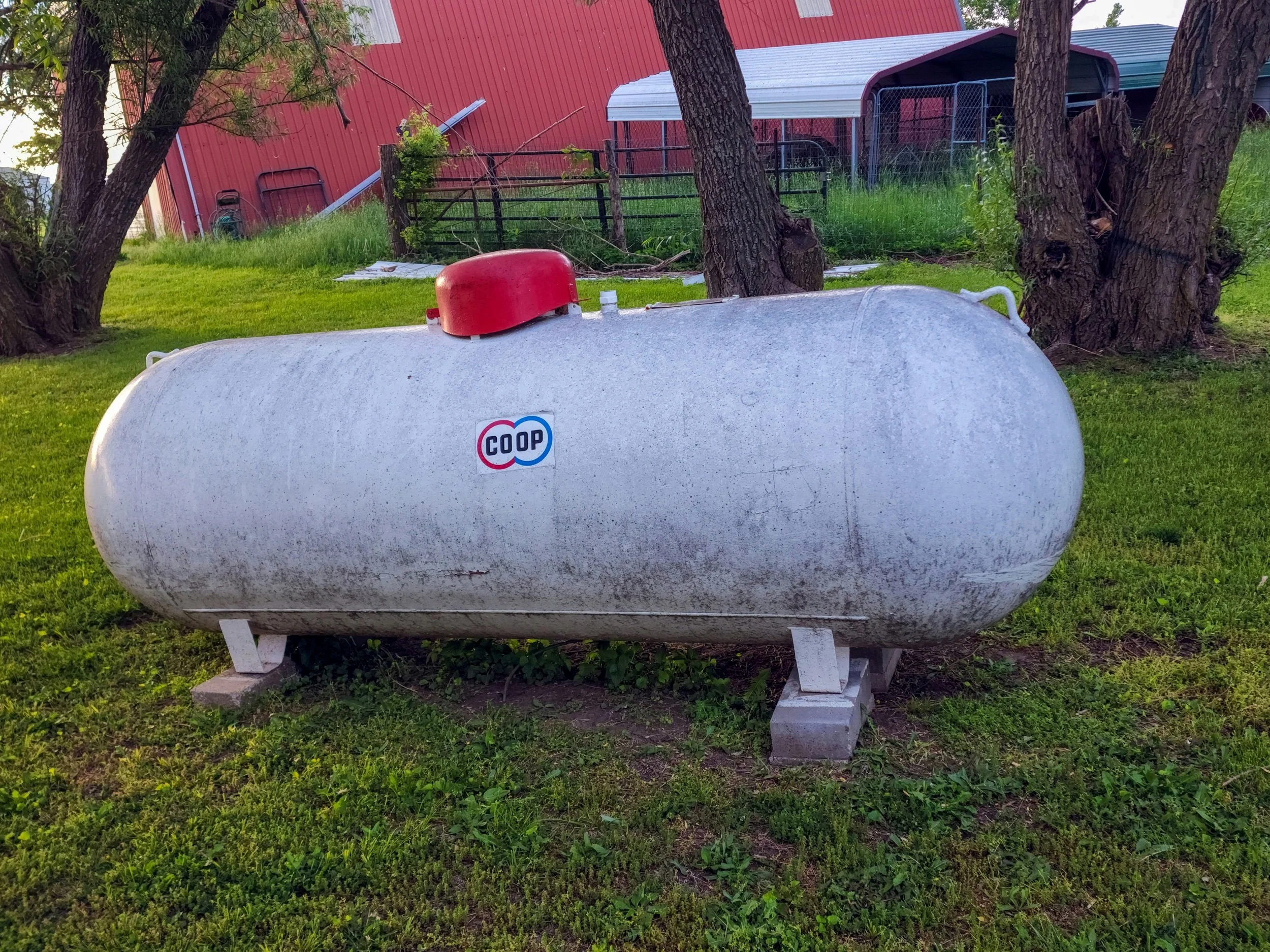The Complete Guide to Propane Installation: What You Need to Know
When it comes to heating homes, powering appliances, or fueling vehicles, propane stands out as a favored choice. The process of propane installation is essential for those looking to enjoy the benefits of this versatile fuel.
Knowing about the installation process can help you make informed decisions for your home, ensuring safety and efficiency from the start.
Choosing the Right Propane Tank
The first step in the gas installation involves selecting the right propane tank. These tanks come in various sizes, and the best choice depends on your consumption needs. For instance, a residential tank holds either 120 or 500 gallons.
Commercial tanks can hold up to 1,000 gallons. It's essential to consider how much propane you will use for heating, cooking, or hot water.
Understanding the System Setup
Setting up a propane system involves more than just placing the tank in the yard. It requires professional installation to connect the tank to your home. This usually involves piping, regulators, and safety devices.
Each component plays a critical role. The pipes carry propane from the tank to your appliances.
Regulators ensure the gas is at the right pressure. This keeps everything running smoothly.
Safety Guidelines for Propane Installation
Following safety guidelines during propane installation is crucial. Gas leaks are a serious risk and can lead to explosions or fires. Always use a certified professional to ensure the installation meets local codes and safety standards.
Also, install carbon monoxide and propane detectors in your home. These devices can alert you to dangerous situations, giving you and your family essential information to stay safe.
Benefits of Propane as a Fuel Source
Propane is a clean-burning fuel, making it an eco-friendly choice for your heating needs. By opting for propane, you may reduce your carbon footprint compared to some other fuels.
It burns more cleanly than oil and coal. It releases fewer emissions into the atmosphere.
This cleaner combustion protects the environment. It often means less appliance maintenance. Less soot means fewer problems and longer lifespans for your heating systems.
Propane Tank Placement and Regulations
Placing your propane tank correctly is part of the installation process. It's crucial to follow local rules on distances to buildings, property lines, and ignition sources. A certified installer will know the rules specific to your area.
Typically, tanks must be positioned away from doors, windows, and air intakes, which ensures safety should a leak occur. Local codes dictate how to secure the tank to prevent tipping or damage.
The Importance of Regular Maintenance
After setting up your propane system, maintain it regularly. This will keep everything running smoothly.
Schedule inspections with a qualified technician at least once a year. They will check for leaks, test safety devices, and ensure your appliances run efficiently.
Your Next Steps for Safe Propane Use
If you are ready to switch to propane or install a new system, consider the next steps carefully. Make sure to hire a professional for propane installation. It ensures not only compliance with safety regulations but provides peace of mind.
If you're located in areas like Chadds Ford, Pennsylvania, investigate options like propane gas delivery in Chadds Ford, Pennsylvania. They can deliver quickly and reliably. This keeps your home running smoothly.
Getting the Right Propane Installation
The journey to efficiently use propane at home begins with proper propane installation. Knowing the right setup, safety measures, and maintenance helps keep you and your family safe.
By adopting propane, you contribute to reducing carbon emissions while enjoying reliable energy. Make wise choices and consult with professionals to make your propane experience enjoyable and safe.
Visit our website for more like this.
More Business Articles






